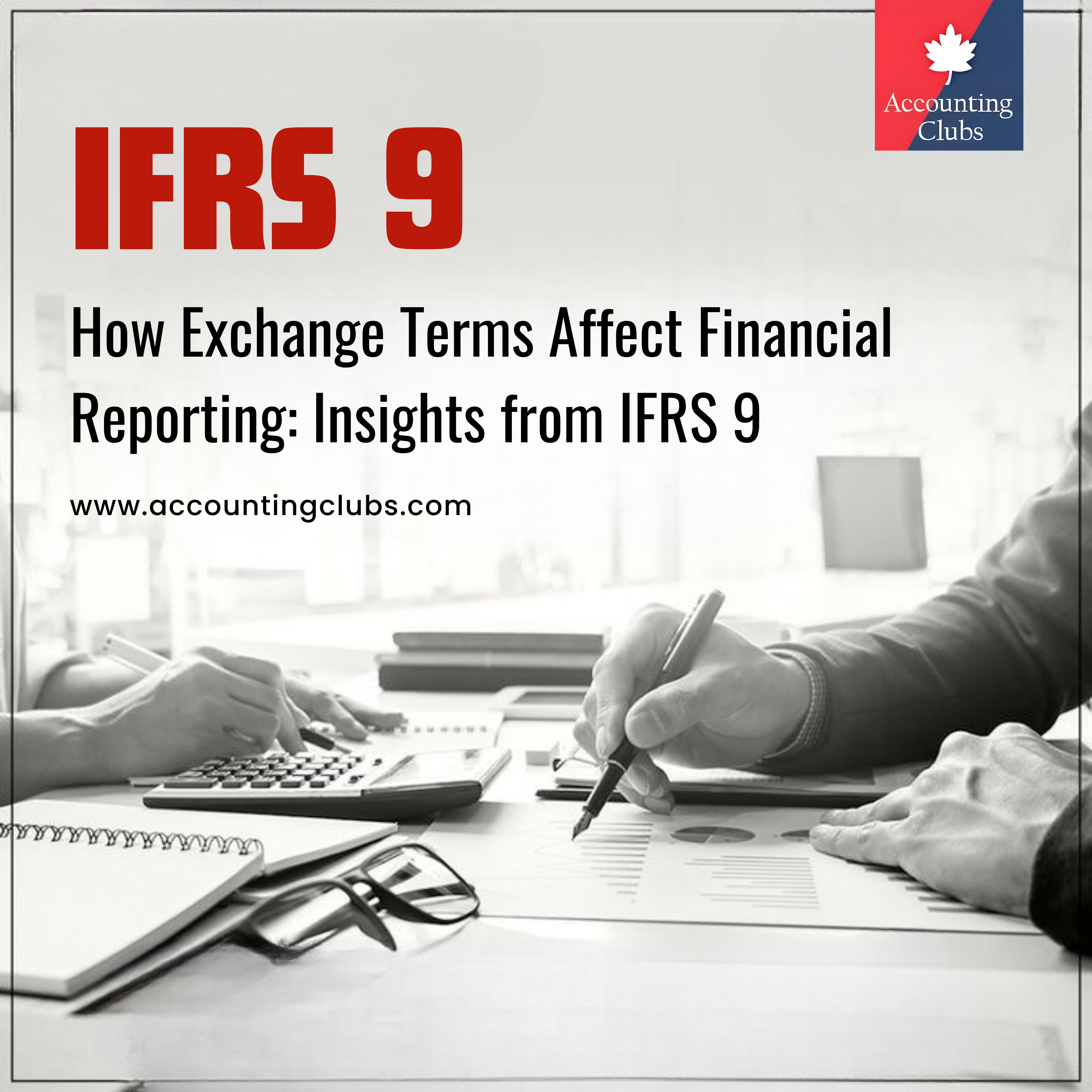How Exchange Terms Affect Financial Reporting: Insights from IFRS 9

Previous post
"Digital Transformation: Revolutionizing Financial Statement Presentation Under IAS 1"
October 9, 2024
Next post
The Delicate Dance of Offsetting: When Equity and Swaps Tango on the Financial Stage
October 12, 2024



